Home>Ideas and Tips>Aging In Place: Home Modifications For Senior Safety
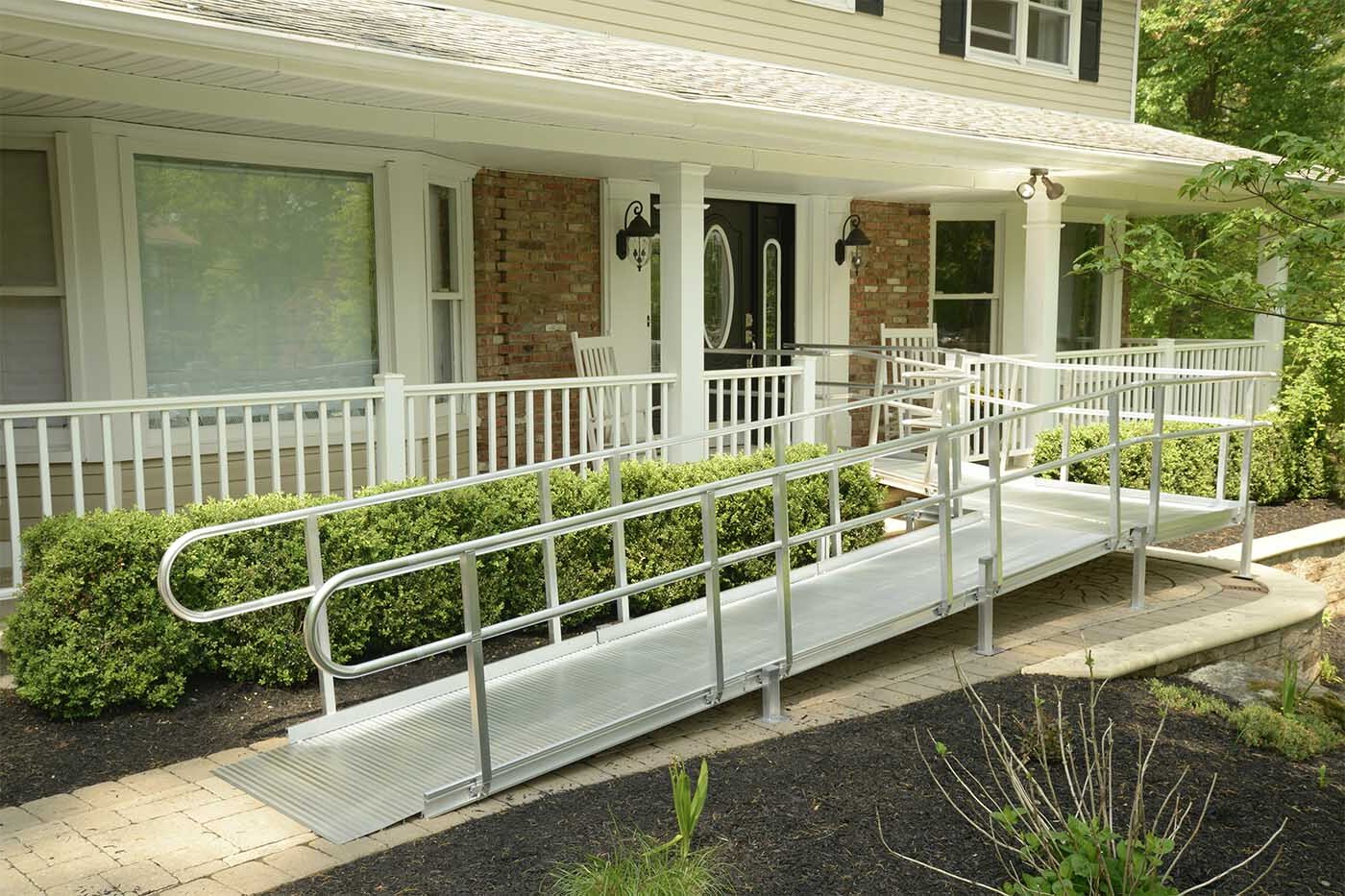

Ideas and Tips
Aging In Place: Home Modifications For Senior Safety
Modified: October 28, 2024
Ensure senior safety with essential home modifications for aging in place. Discover tips for enhancing accessibility and reducing fall risks.
(Many of the links in this article redirect to a specific reviewed product. Your purchase of these products through affiliate links helps to generate commission for Storables.com, at no extra cost. Learn more)
Aging in place has become a preferred choice for many seniors, offering the comfort and familiarity of living in one's own home while maintaining independence and social connections. However, this choice comes with its own set of challenges, particularly when it comes to ensuring safety and accessibility within the home. Home modifications play a crucial role in addressing these challenges, enabling seniors to live safely and comfortably in their own homes.
The Benefits of Aging in Place
Aging in place is not just about staying in one's home; it's about preserving autonomy, social connections, and access to community services. According to the AARP, if given the choice, 77% of adults over 50 would prefer to age in place. This preference is driven by several factors:
- Autonomy and Independence: Staying in one's own home allows seniors to maintain control over their daily lives, making decisions about their living environment and care.
- Familiar Environment: A familiar environment contributes to an older adult’s sense of identity and promotes successful utilization of neighborhood services. It also helps one remain socially connected thanks to the proximity of friends and family.
- Daily Routine: The daily sense of familiarity, whether it consists of morning greetings from a household pet, contact with neighbors, or the ability to surround themselves with physical objects that represent cherished memories, is essential for mental well-being.
Read more: How To Start A Senior Home Safety Business
The Challenges of Aging in Place
Despite the noted preference among adults for aging in place, barriers to doing so safely do exist. One of the key components of aging in place is one’s home, which often poses significant challenges:
- Home Accessibility: A 2020 report estimated that only 10% of American homes are “aging ready,” with a step-free entryway, a bedroom and bathroom on the first floor, and at least one bathroom accessibility feature.
- Fall Risk: Roughly one third of adults over the age of 65 experience a fall each year, with up to two thirds of these falls taking place in and around the home. The importance of appropriate home modifications to reduce fall risk cannot be understated.
- Neighborhood Safety: The safety and accessibility of one’s neighborhood are also of paramount importance. Older adults are 18% more likely to be mobile when their community environment is accessible.
Strategies for Aging in Place
To create a supportive environment conducive to aging in place, both individual and community-level strategies can be implemented:
- Improving Education and Advocacy: Education about the importance of home modifications and advocacy for supportive policies can foster independence for the aging population.
- Community Efforts: Community-wide strategies aimed at mitigating physical barriers, such as creating a built environment that promotes connectedness and providing transportation supports, are beneficial in supporting an aging population within a community.
- Financial Support: Continuous advocacy and financial support from local and national governments are essential for implementing lasting change.
Home Modifications for Senior Safety
Home modifications are crucial for creating a safe and accessible environment, reducing the risk of accidents, and promoting independence. Here are some key home modifications that can be made:
1. Grab Bars and Handrails
Grab bars and handrails are essential for preventing falls and injuries. They should be installed at every high-risk area of the house, including:
- Inside and outside the bathroom shower tub
- Near the toilet
- Near the bed
- At the top and bottom of the stairs
- At the kitchen entrance
- Outside and inside door entrances
- Along long hallways
- In other elevated areas
2. Smart or Sufficient Lighting
As we age, our vision often worsens. Sufficient high-power lights should be maintained throughout the house so seniors can move around easily. Smart lighting systems are also an option for older adults with mobility issues, allowing them to remotely switch on or turn off lights without getting up and finding switchboards.
3. Walking Assistance Devices
Walking assistance devices help provide support and assist people in carrying out their tasks independently. These devices include:
- Cane
- Walking frame
- Automatic wheelchair
These devices help seniors move and carry out their day-to-day tasks independently, even at times when they feel too weak to walk or move without assistance.
4. Medical Alert Systems
Medical alert systems are another modification that helps seniors age in place. In case of an emergency, such as a fire hazard, injury, or health problem, seniors will only need to press a button to call for help. Some medical alert systems also help dispense medication, assist with prescription refills, and provide appointment reminders, which help seniors maintain a check on their health.
5. Bathroom Modifications
Bathroom modifications are critical for ensuring seniors’ safety when they wish to live independently. Necessary bathroom modifications include:
- Grab bars
- Raised toilet seat
- Stool or seat near the shower
- Bathroom sink with non-slip floors and sufficient lighting
These modifications help reduce the risk of slips and falls in the bathroom, which is a common location for accidents.
Read more: Top 5 Smart Home Devices For Aging In Place
6. Kitchen Accessibility
Adapting the kitchen with lowered countertops, easy-to-reach cabinets, and appliances designed for seniors can allow older adults to maintain their independence in meal preparation. This includes:
- Lowered countertops
- Pull-out shelves
- Easy-to-reach appliances
These modifications make cooking and meal preparation easier and safer for seniors.
7. Ramps and Stairlifts
Ramps and stairlifts provide easy access to different parts of the house without the need to navigate stairs. They are particularly useful for seniors with mobility issues:
- Ramps: An excellent solution for seniors with mobility issues.
- Stairlifts: Motorized chairs that ride on a rail along the staircase, allowing seniors to go up and down stairs safely.
These modifications enhance mobility and reduce strain on seniors.
8. Non-Slip Flooring
Installing non-slip flooring in bathrooms, kitchens, and high-traffic areas minimizes the risk of slips and falls. This is particularly important in areas where moisture is present, such as bathrooms and kitchens.
9. Accessible Toilets
Raised toilet seats and handrails near the toilet can aid seniors in using the bathroom safely. These modifications reduce the risk of falls and injuries during bathroom use.
10. Improved Lighting
Adequate lighting throughout the home is essential for navigation. Motion-activated lights can provide additional safety by turning on automatically when someone enters a room.
Financial Assistance for Home Modifications
While home modifications can be expensive, there are various programs and organizations that offer financial assistance:
- Medicaid: Medicaid provides financial support for home modifications, including stairlifts, wheelchair access, bathroom modifications, widened doorways, and specialized equipment for seniors with certain health issues or disabilities.
- Local and National Governments: Many local and national governments offer financial assistance programs for home modifications aimed at supporting seniors in aging in place safely.
Conclusion
Aging in place is not just about staying in one’s home; it’s about creating a safe and accessible environment that supports independence and well-being. Home modifications play a crucial role in addressing the challenges associated with aging in place. By implementing these modifications, seniors can reduce their risk of falls, enhance their mobility, and maintain their independence. With the right support from education, advocacy, and financial assistance programs, aging in place can be a safe and viable option for many seniors.
In conclusion, understanding the importance of home modifications is essential for ensuring that seniors can live safely and comfortably in their own homes. By addressing the physical barriers within their homes and communities, we can promote successful aging in place and improve the quality of life for older adults.
References Aging in Place: PMC – NCBI. Retrieved from https://www.ncbi.nlm.nih.gov/pmc/articles/PMC9495472/ The Helper Bees. Aging in Place: Home Modifications. Retrieved from https://www.thehelperbees.com/families/healthy-hive/aging-in-place-home-modifications/ Assisting Hands. Home Modifications for Aging in Place Safely. Retrieved from https://assistinghands.com/106/arizona/cavecreek/blog/home-modifications-for-aging-in-place-safely/ NCBI. Housing Design and Community Care: How Home Modifications Impact Care Outcomes. Retrieved from https://www.ncbi.nlm.nih.gov/pmc/articles/PMC6604004/ MedBox. Aging in Place Home Modifications for Seniors. Retrieved from https://medbox.com/aging-in-place-home-modifications-for-seniors/
Was this page helpful?
At Storables.com, we guarantee accurate and reliable information. Our content, validated by Expert Board Contributors, is crafted following stringent Editorial Policies. We're committed to providing you with well-researched, expert-backed insights for all your informational needs.
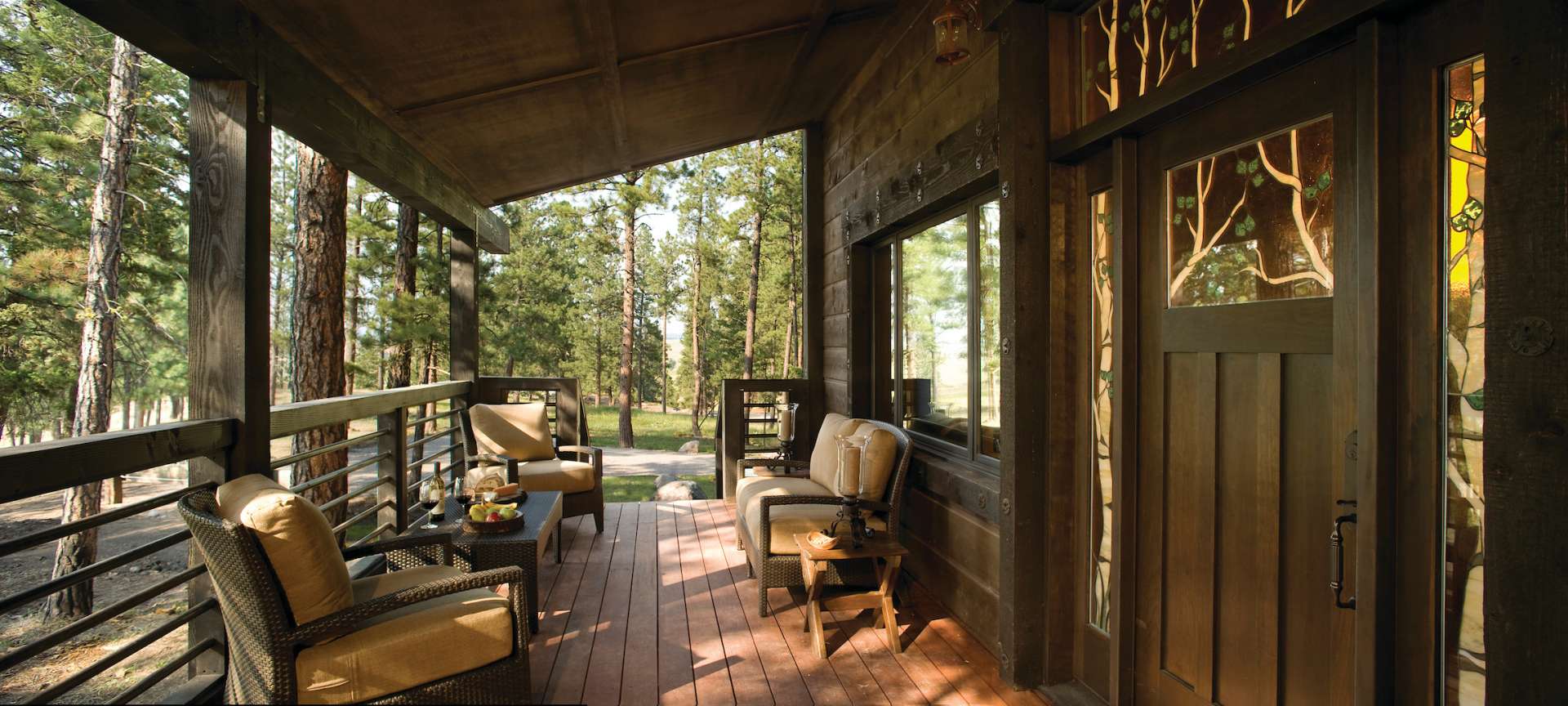
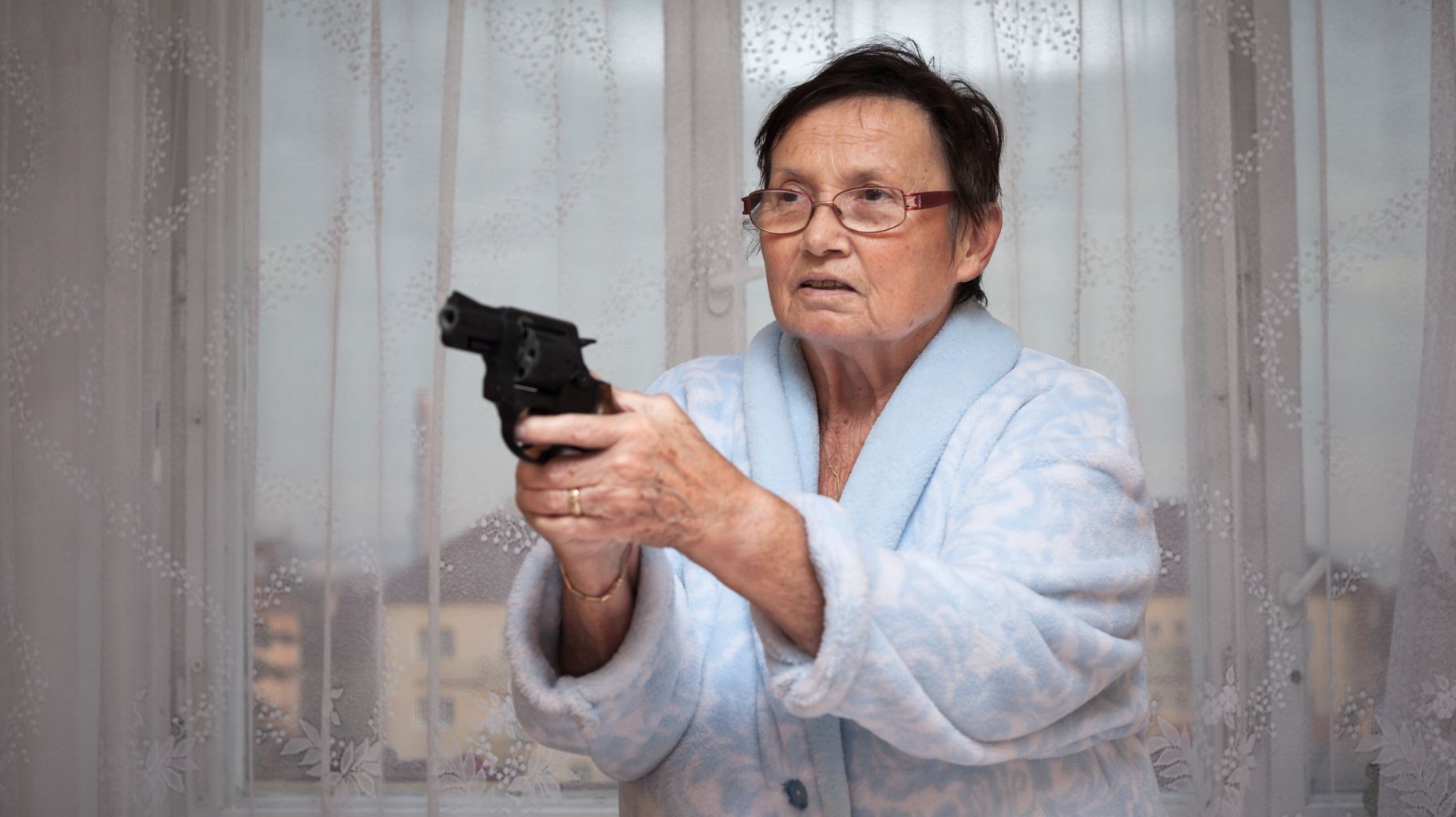
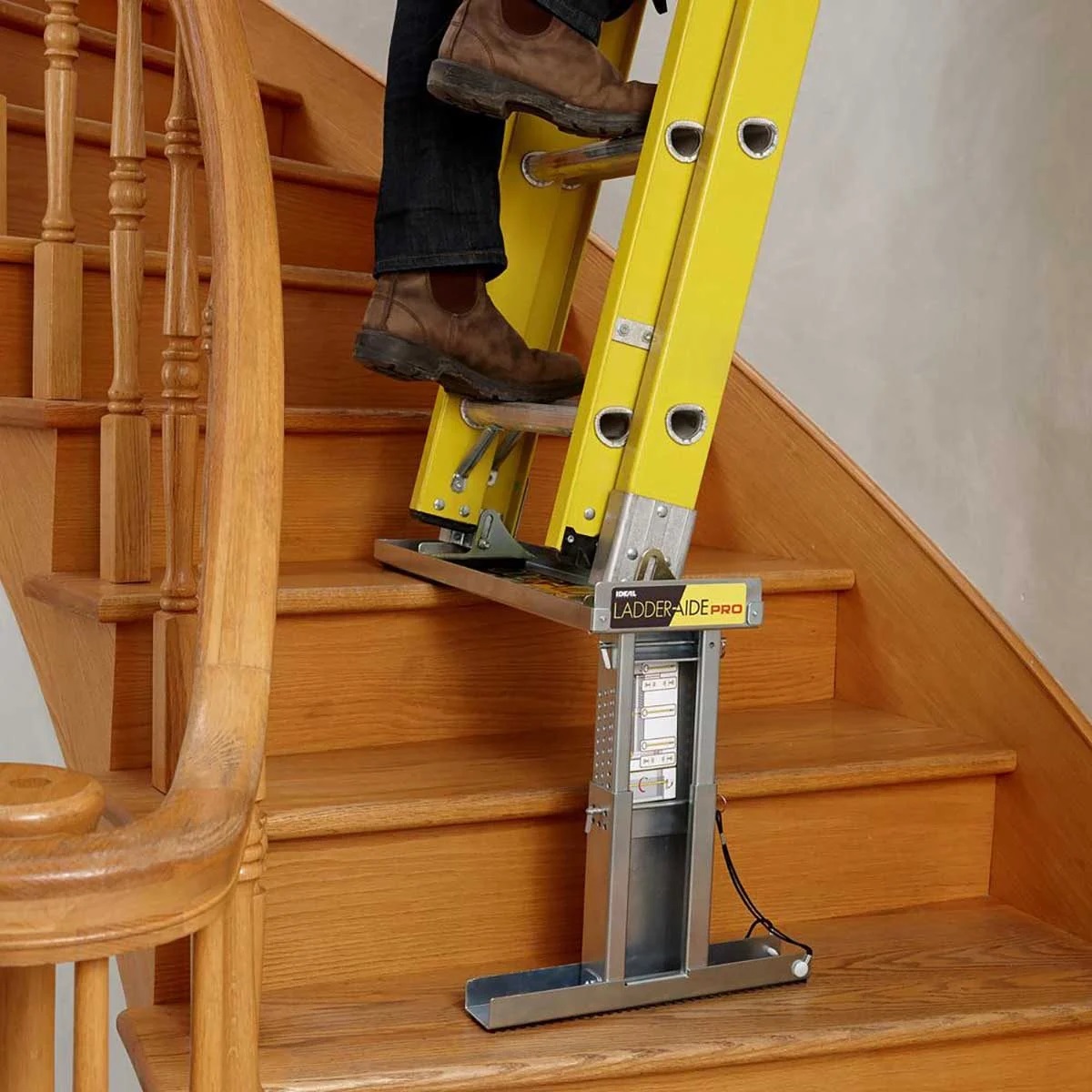

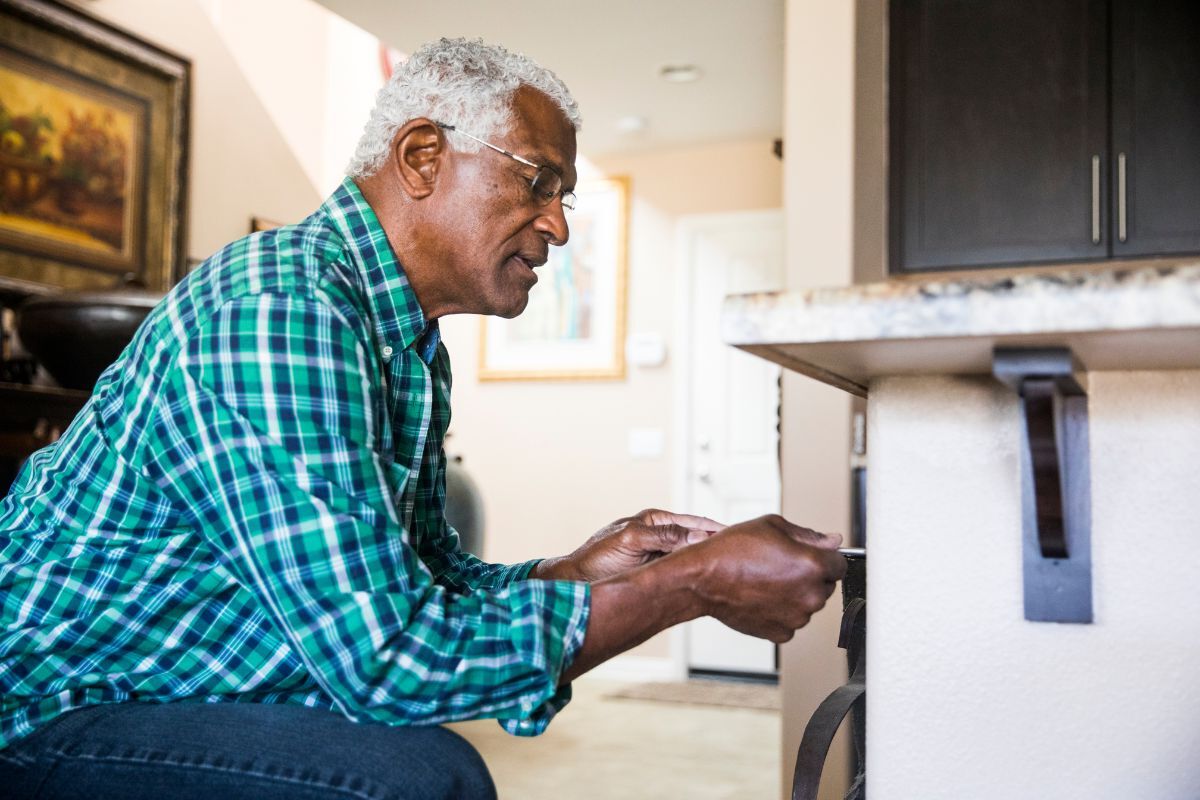
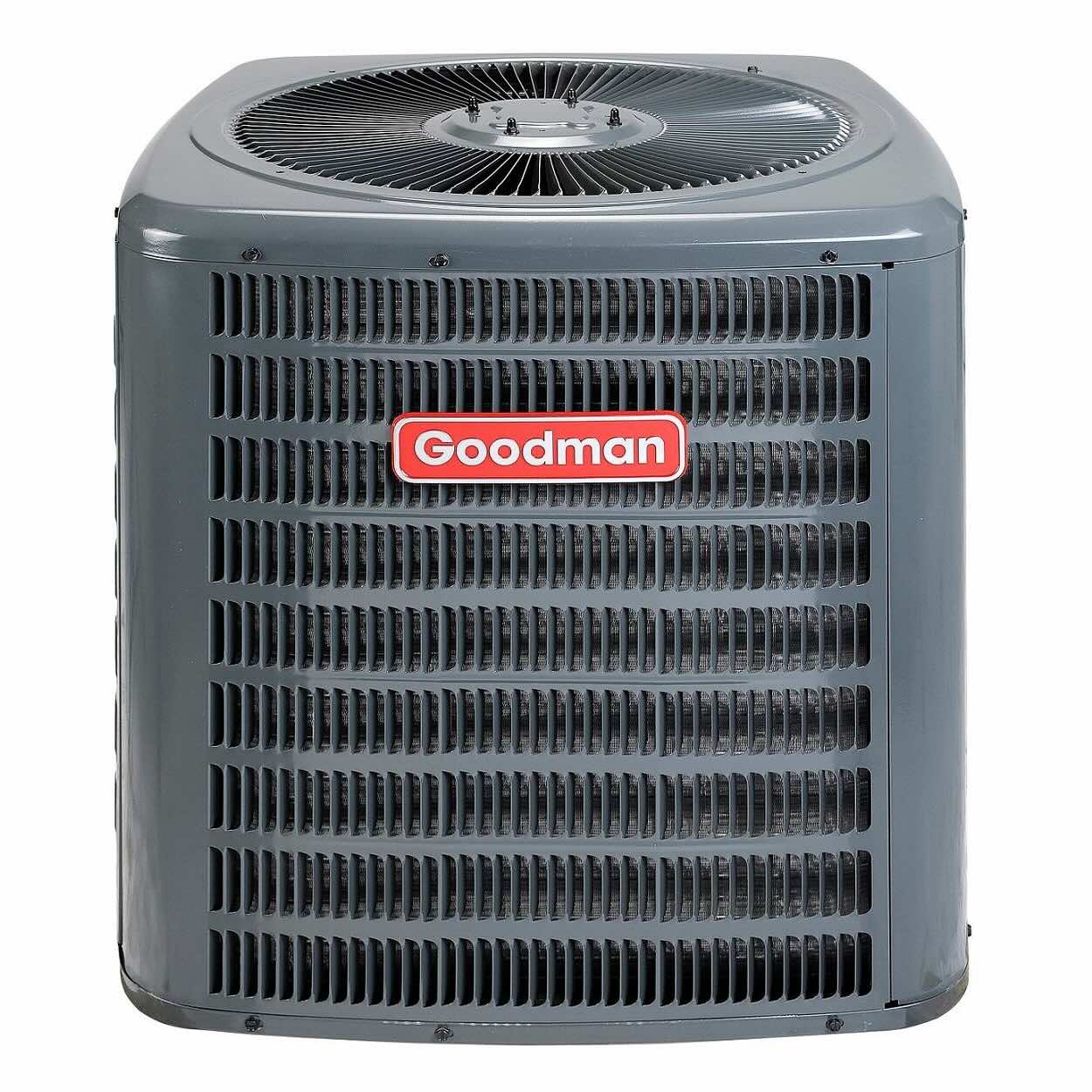
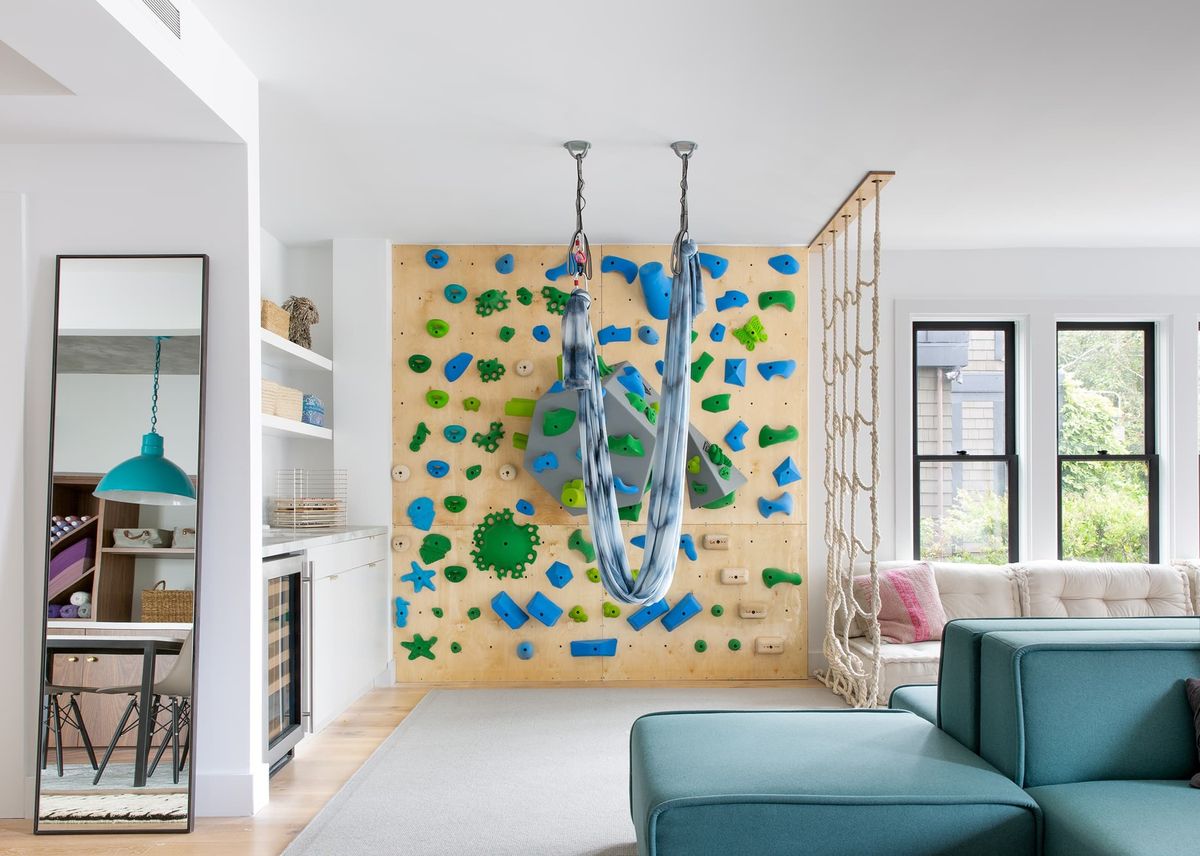
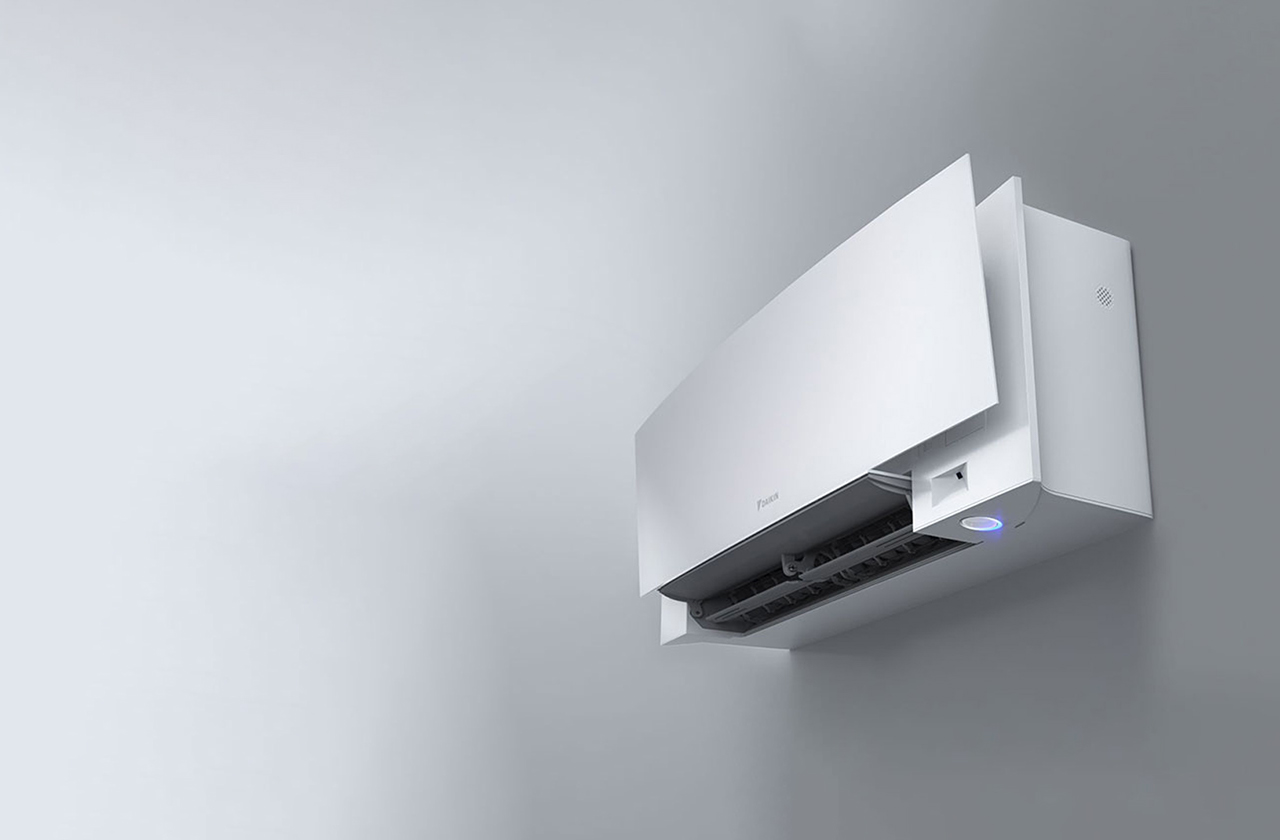
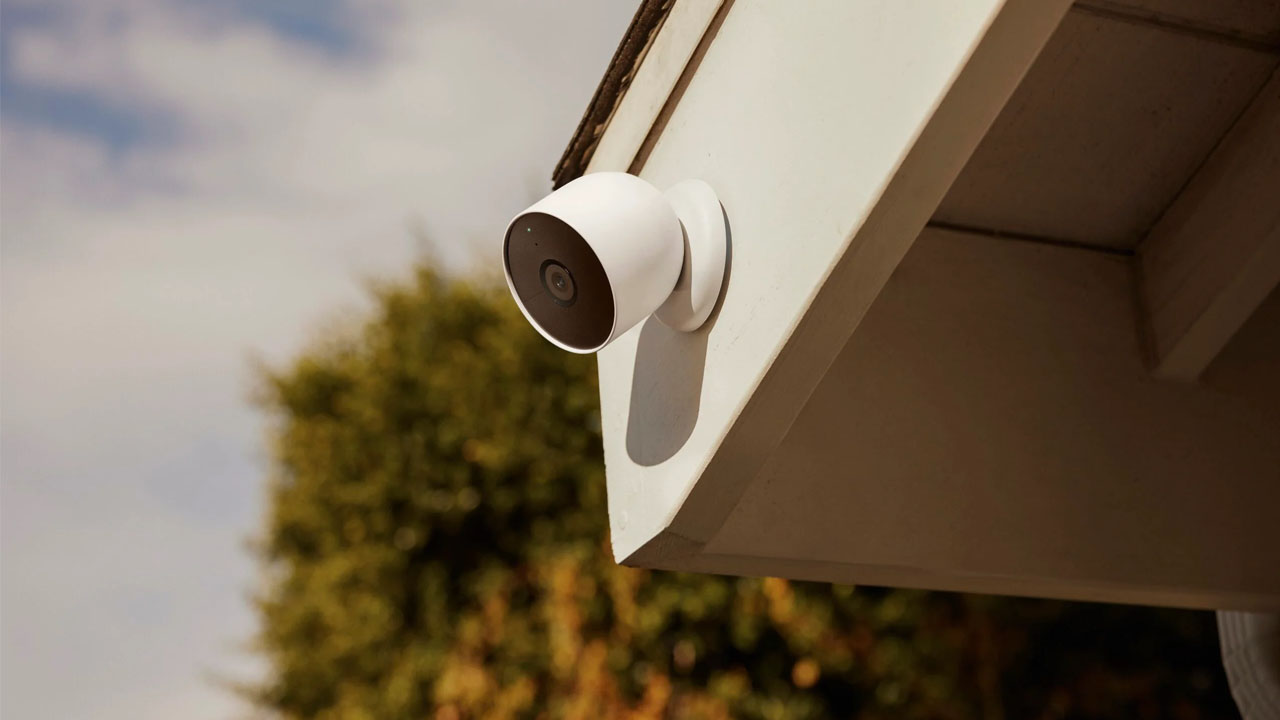
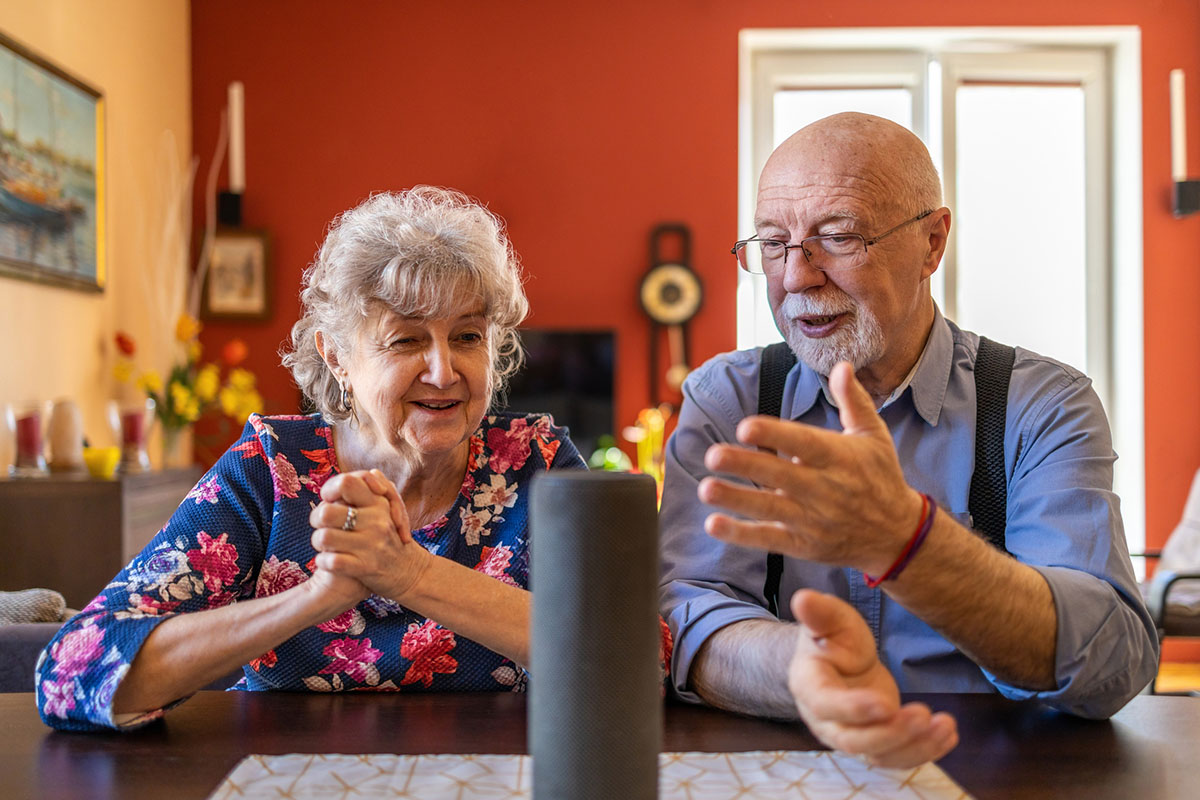
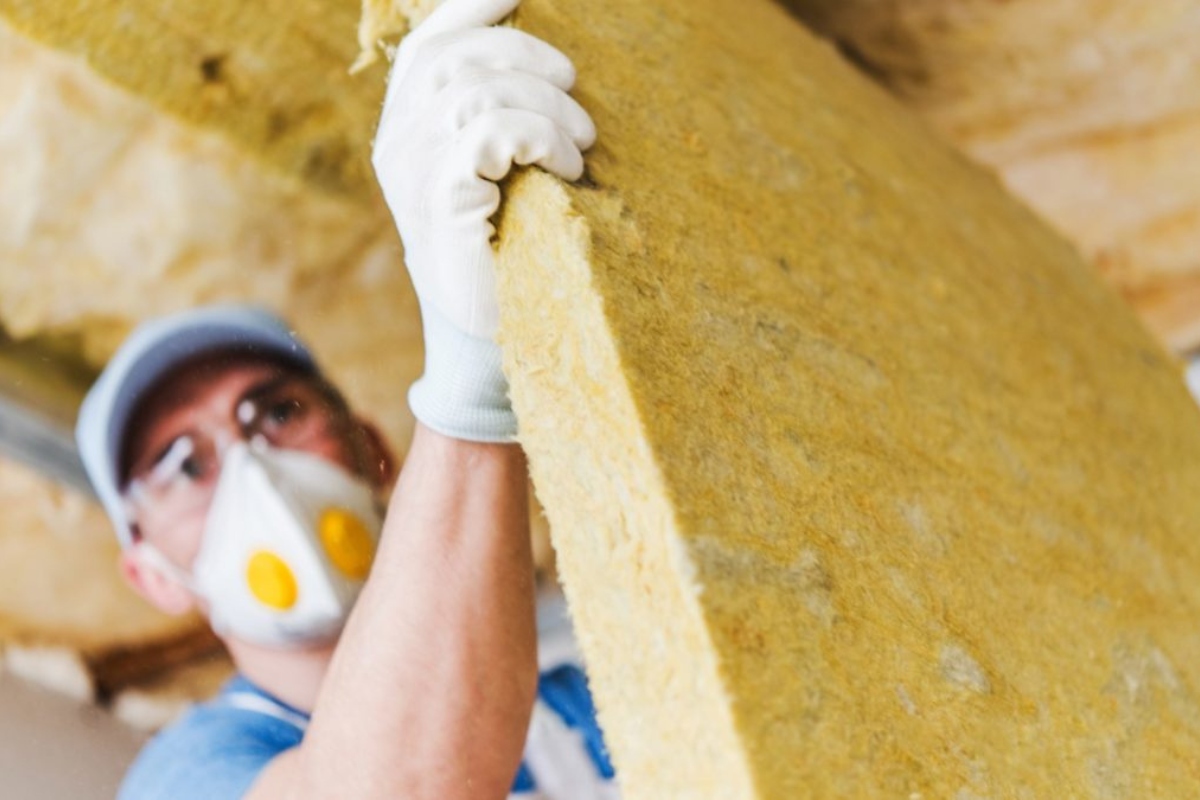
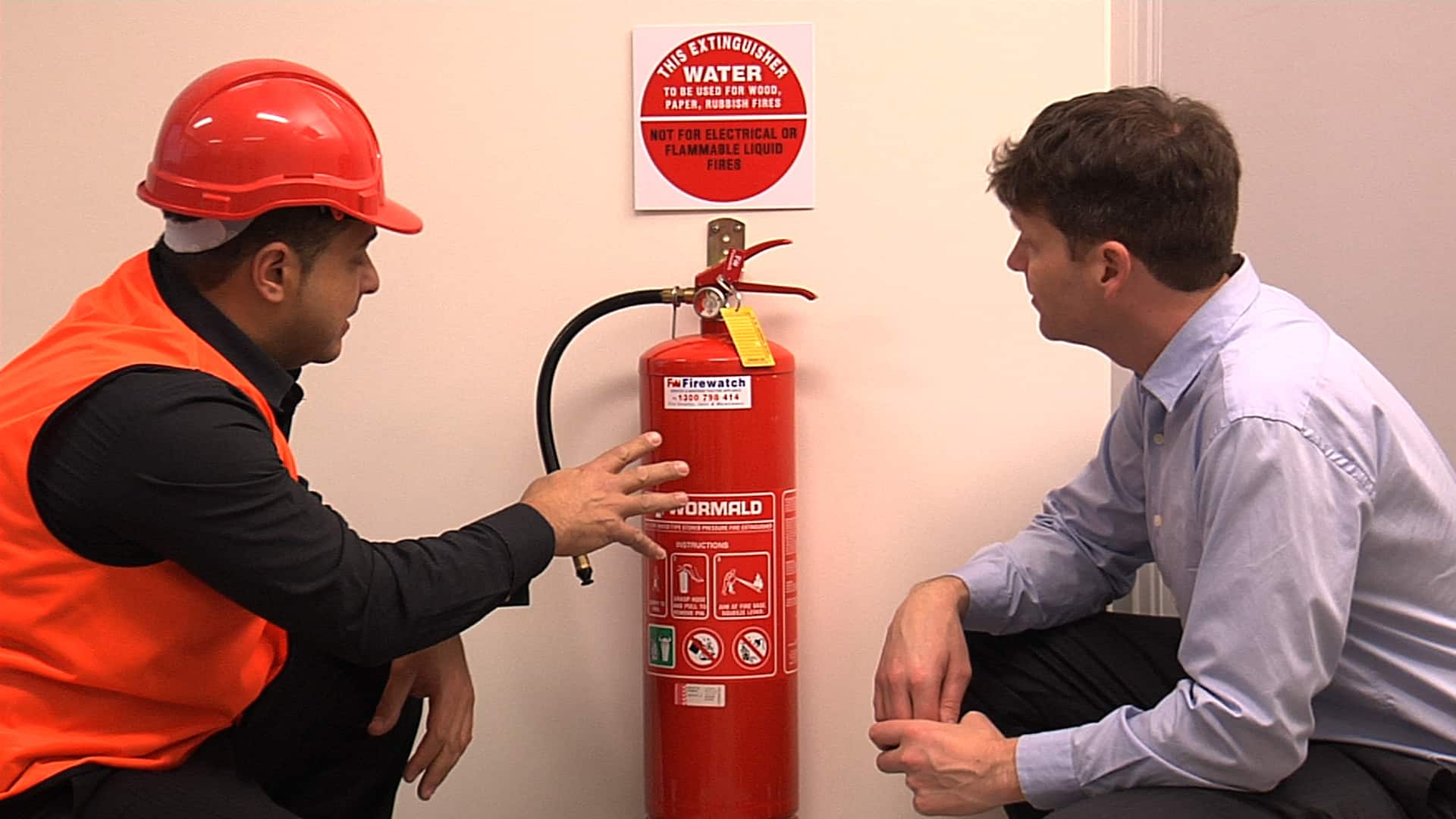

0 thoughts on “Aging In Place: Home Modifications For Senior Safety”